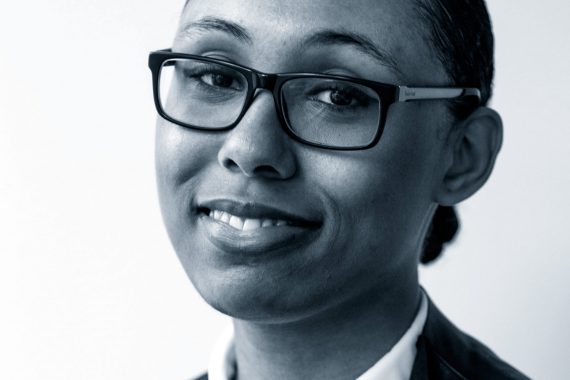We must increase diversity at medical school

News that the Government wants to increase the proportion of students from disadvantaged backgrounds, as part of plans to expand the number of medical school places, is welcome, but how realistic and achievable is it?
My experience going through medical school and now training as a GP has reinforced my belief we need to increase diversity at medical school to make the best of our talent, and in turn help to rejuvenate general practice.
It was a dream come true when I received my offer to study medicine at UCL during 2007. I still remember the excitement and apprehension when I began my first week at medical school. I realised even then the magnitude of what I had achieved, both in terms of my ethnicity and my social background. Ten years on, I would argue that for students similar to myself, the struggle to secure a place at medical school is just as tough.
Looking at the breakdown of ethnicities studying medicine reveals a stark variation. Figures from the Health Education Statistics Agency show that some ethnicities are still lagging behind when it comes to medicine. Students of Black Caribbean origin, like myself, are not well represented at medical school in comparison to White students or indeed those from certain Asian backgrounds. These disparities are also seen among qualified doctors.
When it comes to social background, the data shows that only a small proportion of students from less privileged backgrounds study medicine. For instance, a study of 22 UK medical schools during 2009-2012 highlighted that most people studying medicine come from the most affluent areas. Students from less privileged backgrounds are less likely to apply to study medicine and also less likely to gain a place. Even though only 7% of all students go to independent schools,this group makes up over a fifth (22%) of the medical and dentistry cohort at university.
Yet, in an era where we are seeing a crisis in recruitment to general practice, it turns out students from privately educated backgrounds are less likely to become GPs than those who go to state schools. Perhaps it requires a wider experience of communities and an ability to relate to people from a range of backgrounds to yourself.
The reasons for these patterns are likely complex and multifactorial; from a lack of confidence or self-belief, to a lack of financial investment from the Government and support from schools. I remember how difficult it was for me to apply to medical school because I was not well connected to doctors, or students at university. I studied at a comprehensive school that was less well equipped to help me with the medical school application process in the way I now understand private and independent schools help their students.
To bring about change we need to empower students – they need to see that others have ‘made it’ so they know their dreams can become a reality. At all levels and across institutions we need to ensure the future generation are supported and guided to choose their path carefully, which may be a career in general practice.
Last year, during my year out of training, I decided to help tackle this issue by launching the company DreamSmartTutors. Through this, as well as separate voluntary work, I go out into schools and local communities, showing young people from a wide variety of backgrounds that a career in medicine is achievable despite their circumstances.
As a profession we need to do more to engage with the younger generation. For instance, making work experience more accessible whether that is in a general practice or a hospital setting. The Government needs to invest more in students who are not well connected to professionals so that we can uncover the talented individuals who are currently being overlooked day by day.
Dr Patrice Baptiste is a GPST2 in London and founder of DreamSmartTutors
Pulse July survey
Take our July 2025 survey to potentially win £1.000 worth of tokens













